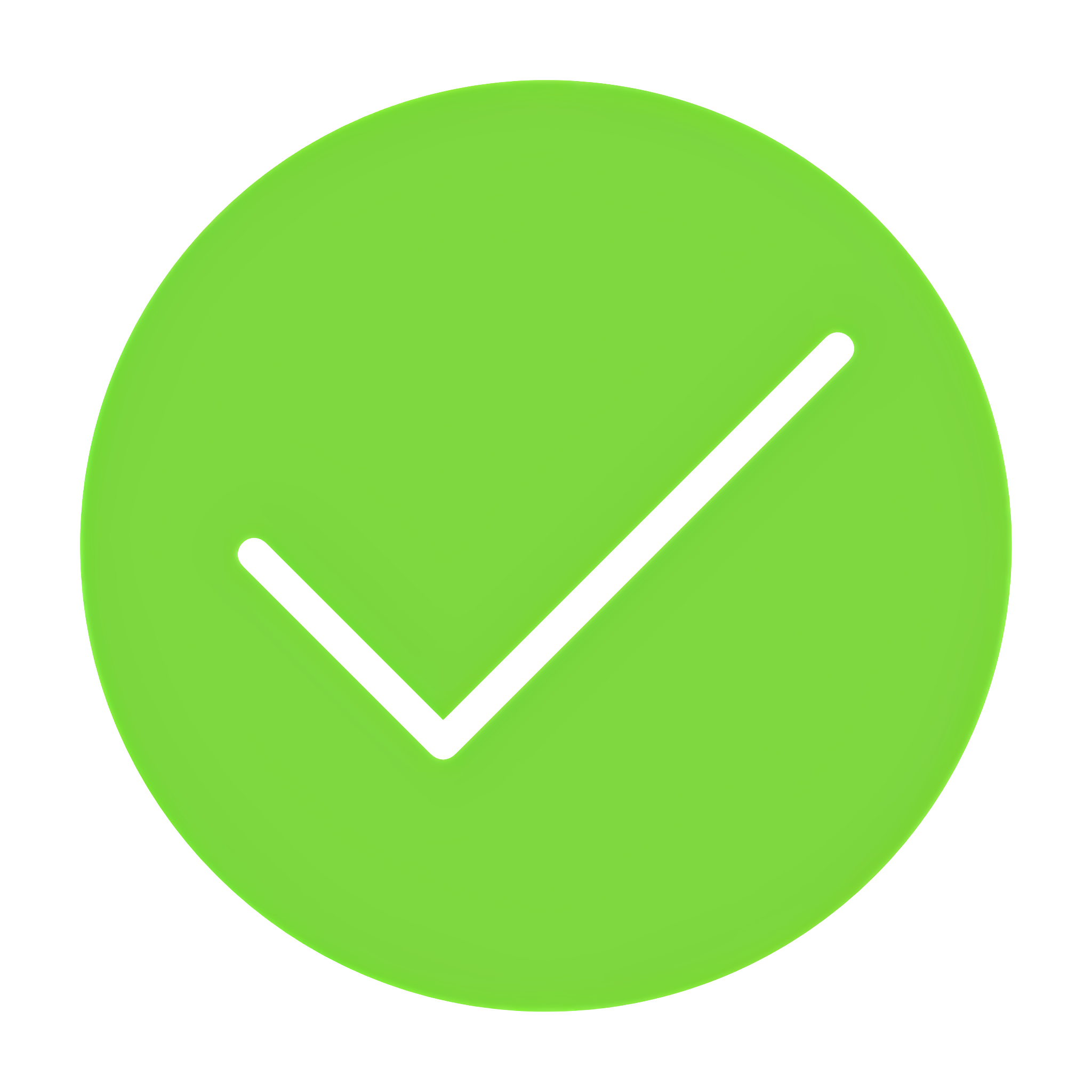If this past year has taught us anything, it’s that unexpected expenses can arise at any time. And in those worst case scenarios, emergency funds and savings accounts just might not be able to outlast the most extreme circumstances. Though we’d all rather pay for necessary expenditures out-of-pocket either with funds from a checking or savings account, where do you turn when those reserves are depleted?
The obvious answer is that you will need to borrow money, but not every loan or credit provider brings about the same costs and benefits. Though it’s generally a good idea to steer clear of high interest rates, hidden fees, and minimum repayment periods, there are a few other things to keep in mind when looking for the cheapest ways to borrow money.
Following is a list of five cost-effective methods of taking out a loan or establishing a line of credit so that you can get back on your feet with little to no long-term financial consequences.
Apply for a zero percent APR credit card
Perhaps the quickest way to access money with minimal obstacles is to open a credit card with a zero percent annual percentage rate (APR). Many credit card companies make the application process very straightforward and some even offer incentives for opening a line of credit with them. For example, the Chase Freedom Flex℠ card comes with a bonus of $200 after you spend your first $500 with the card. The card also offers zero percent APR for the first fifteen months, meaning you accrue no interest on your payments for just over a year. You can even get up to twenty months of zero percent interest with some credit cards like the US Bank Visa® Platinum card.
When you use a zero percent APR credit card for emergency expenses or to pay off debt, you have the entirety of the zero percent interest period to continue “borrowing” money with no interest fees. Once interest begins to accrue, it only does so on any purchases made after the introductory period has ended. For you, this means that no interest will be retroactively applied to your outstanding balance. Therefore, if it takes you longer than expected to repay the money you borrowed on credit, you will benefit from the zero percent interest rate as long as the introductory period lasts.
To qualify for a zero percent APR credit card, you will likely need to have a good credit score. Some credit card companies even require very good or excellent credit, which often implies having a score of anywhere between 720 and 850. Another drawback of credit cards is that you may initially have a small line of credit. If you need to borrow upwards of $20,000-$50,000, a credit card may not be the best choice for getting your hands on money quickly.
Take out a traditional loan from your bank
One of the most common ways to borrow money is through a personal loan from your bank or credit union. Banks offer some of the lowest annual percentage rates, especially if you have a good credit score. Credit unions also tend to offer low interest rates and can usually accommodate lower credit scores than some banks. To take advantage of a personal loan at a credit union, however, you will need to first apply to become a member.
Though there are many different types of personal loans from payday loans to debt-consolidation loans, one product available at most banks is a secured loan. When you take out a secured loan, your lender ensures repayment by attaching your property as collateral. For example, if you borrow money against your car and fail to repay the amount you owe, the bank can seize your car to pay off the debt.
Open a personal line of credit with your bank
Similar to taking out a loan from your bank, you can establish a personal line of credit with your bank or credit union in order to borrow money. Instead of taking the entire sum of money out at once, a personal line of credit allows you to charge expenses to your bank like you would with any credit card. You borrow a specific amount of money which is similar to a maximum credit line with credit cards, but you only use what you need and pay the interest on those charges. With this option, you do not have to use the whole line of credit, but you have the option of borrowing up to the total amount should unexpected expenses arise.
Borrow money from your 401(k)
Another cheap way to borrow money is to take it from funds that already have your name on them: your 401(k). Rather than withdrawing the money from your retirement account, you take it out as a loan and avoid the taxes and penalties associated with a premature withdrawal. Though 401(k) loans still come with interest rates, any interest you pay on your loan goes back into your retirement account, meaning you don’t lose any interest payments to credit card companies or banks in the process. 401(k) loans are also not reported to credit bureaus. As such, even if you miss a payment or are late one month, you won’t see a negative impact on your credit score.
Refinance your home and withdraw equity
Finally, if you own a home and have been paying off your mortgage for at least a few years, you may be able to refinance your property and use the equity to pay off debt. Also referred to as a cash-out refinance, refinancing your home to pay off debts allows you to substitute a high interest rate debt with a lower interest rate mortgage.
For example, if you have a $10,000 debt with 25% APR that you need to repay immediately, and you have already gained $20,000 equity in your home with a mortgage interest rate of 6.5%, you can withdraw the equity needed to repay the debt and be left with only $10,000 equity in your home instead. Though this leaves you with more of your mortgage still left to pay off, many conventional mortgage loans operate on repayment periods of twenty to thirty years, meaning you have more time to make up for the emergency withdrawal you made from your home’s equity. In the end, you are left with no debt at the 25% rate, and have only increased your mortgage by a fraction of its total at the 6.5% rate.
No matter why you need money, it’s always a good idea to know where to turn when you need it as soon as possible. Though more ways to borrow money exist, these five highlight some of the most common and quickest methods of obtaining cash or credit, all while saving you money and fees along the way.


